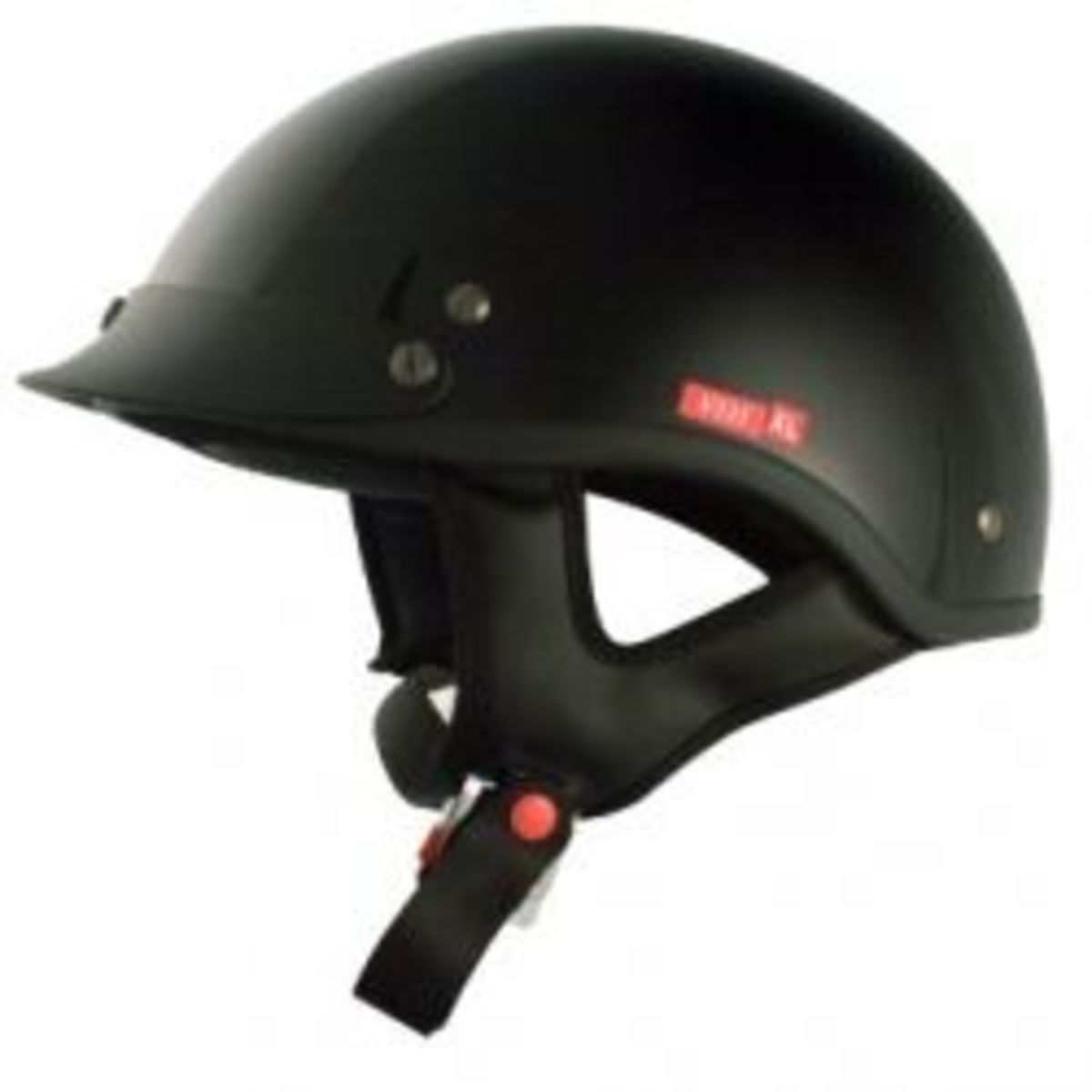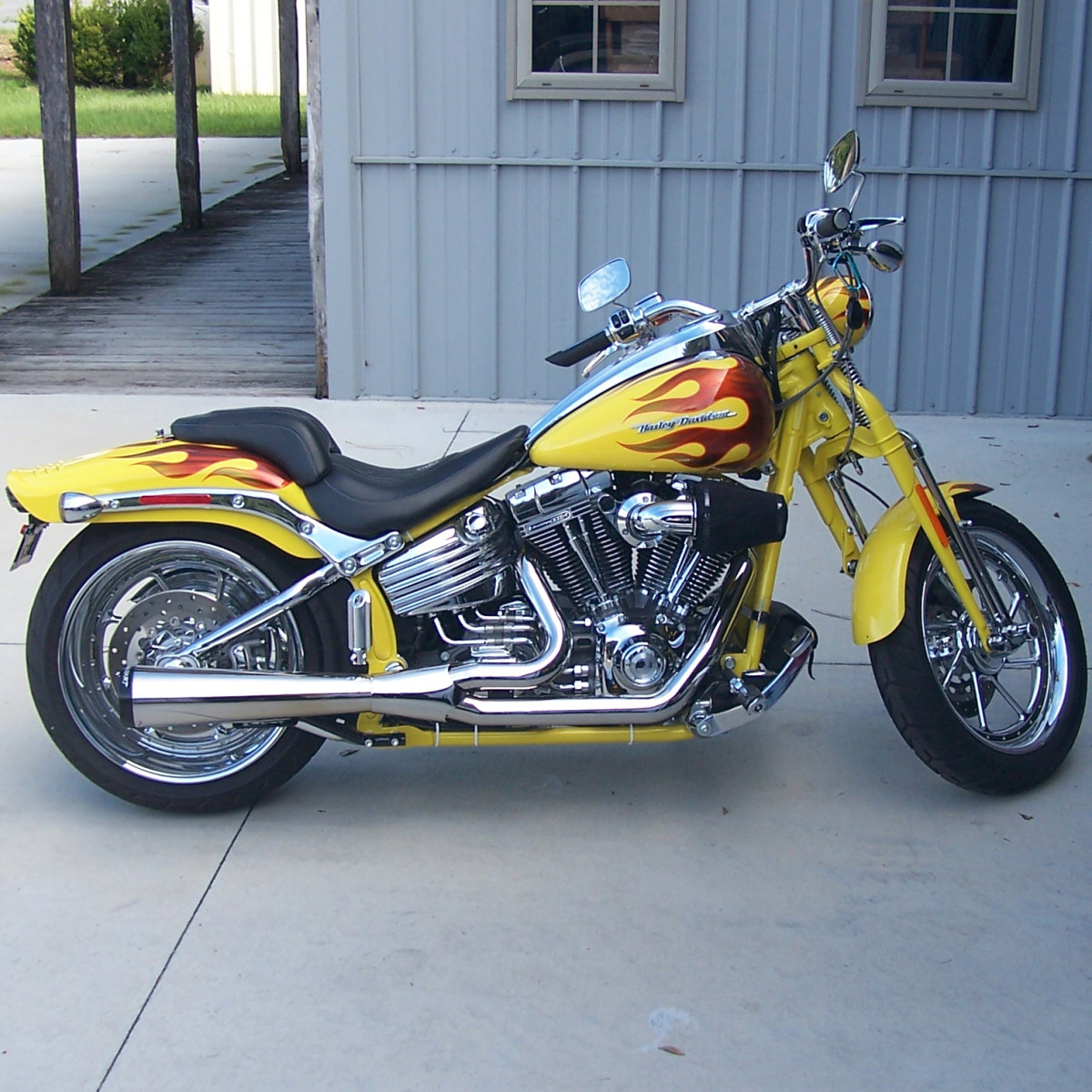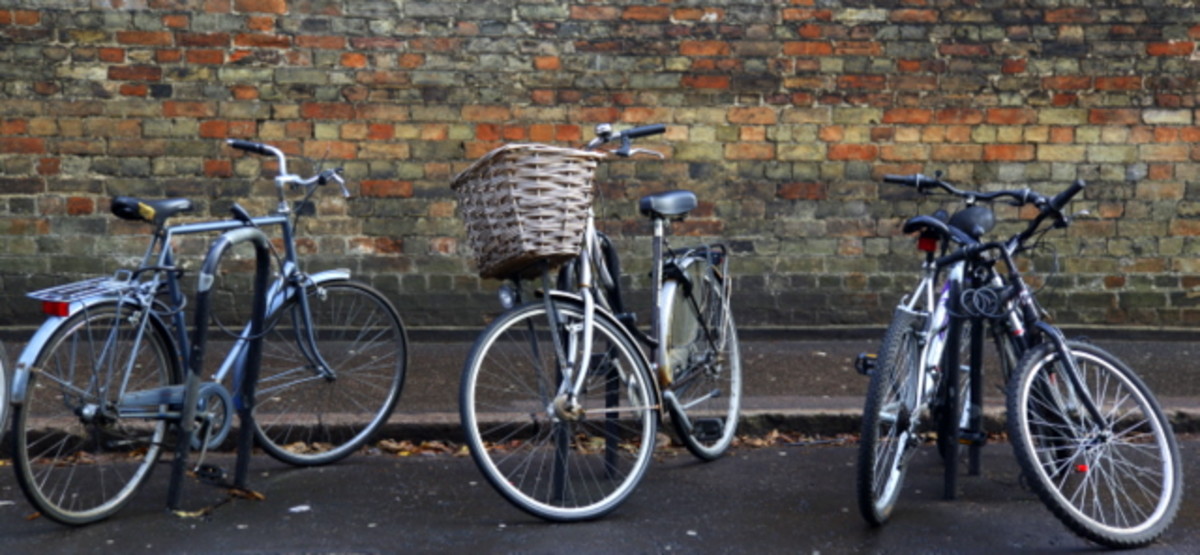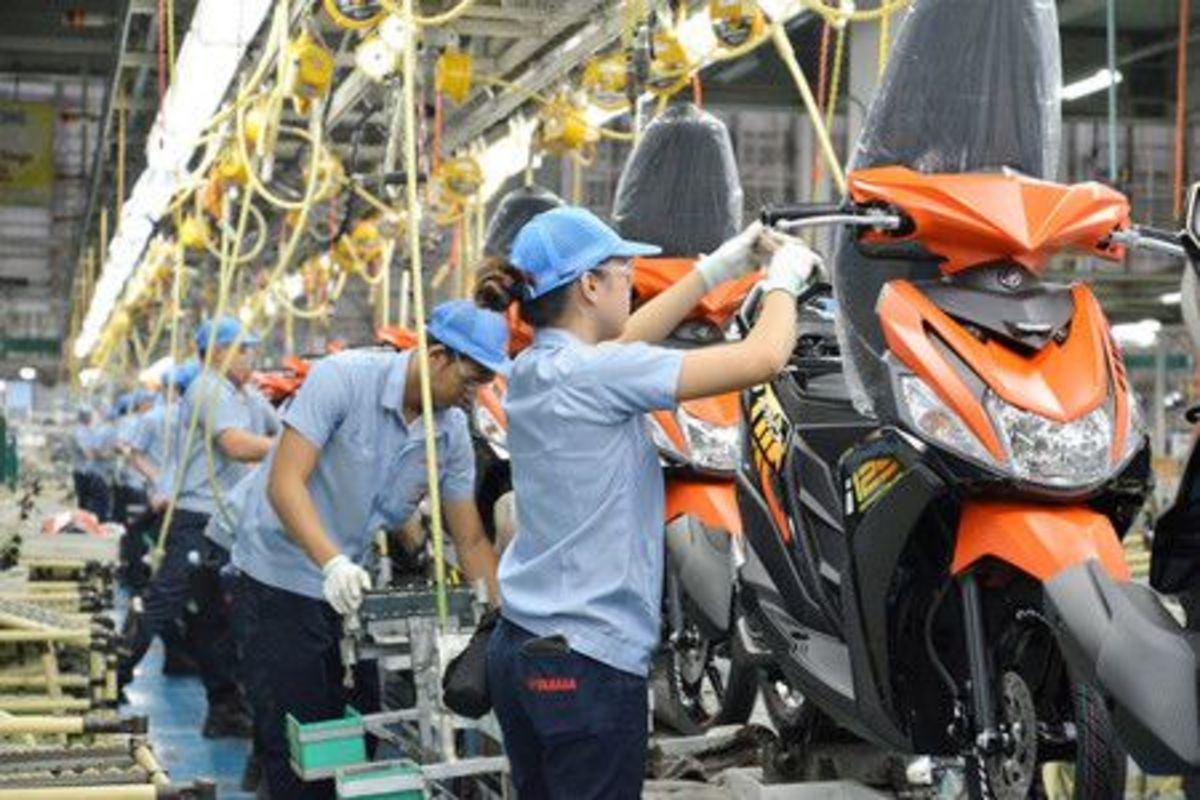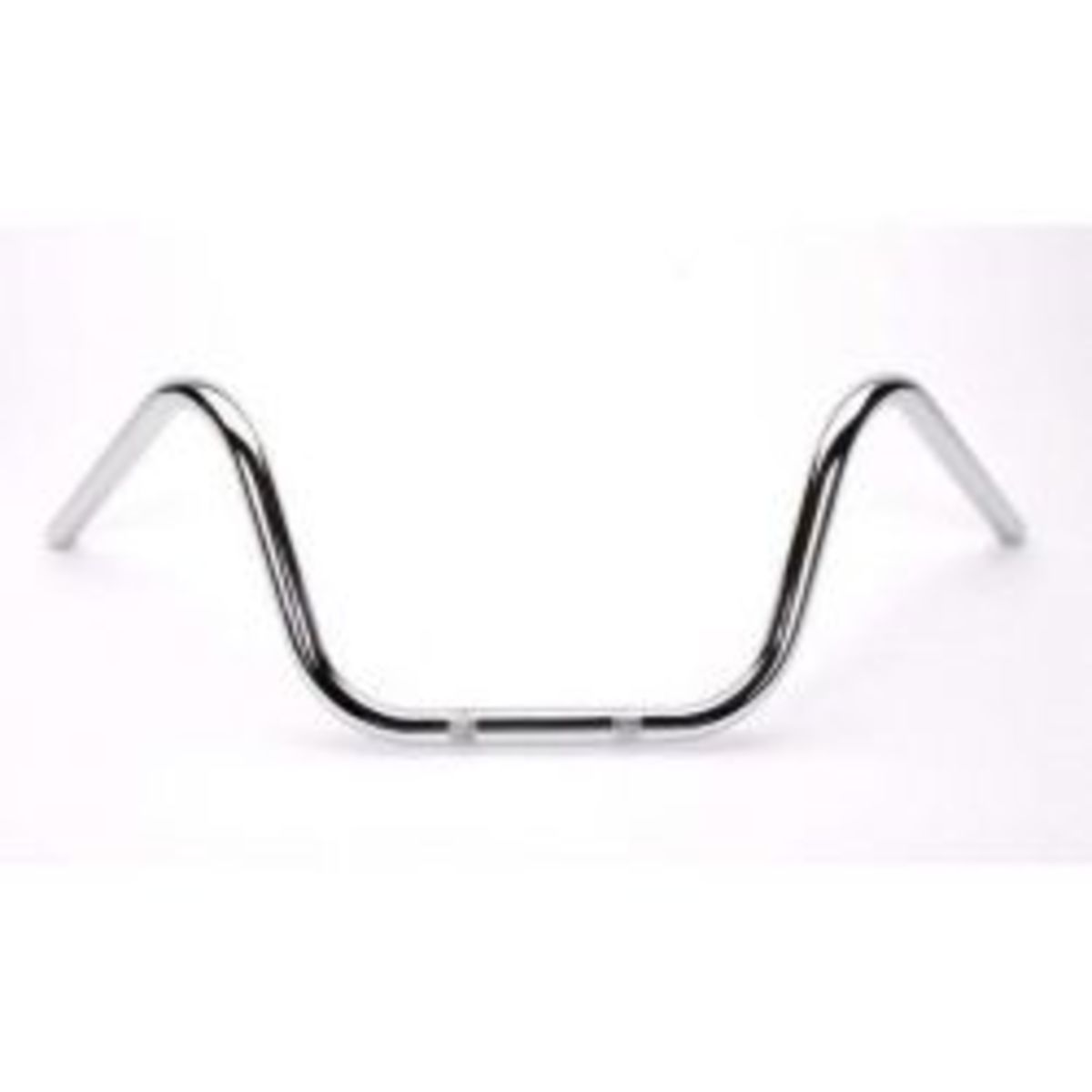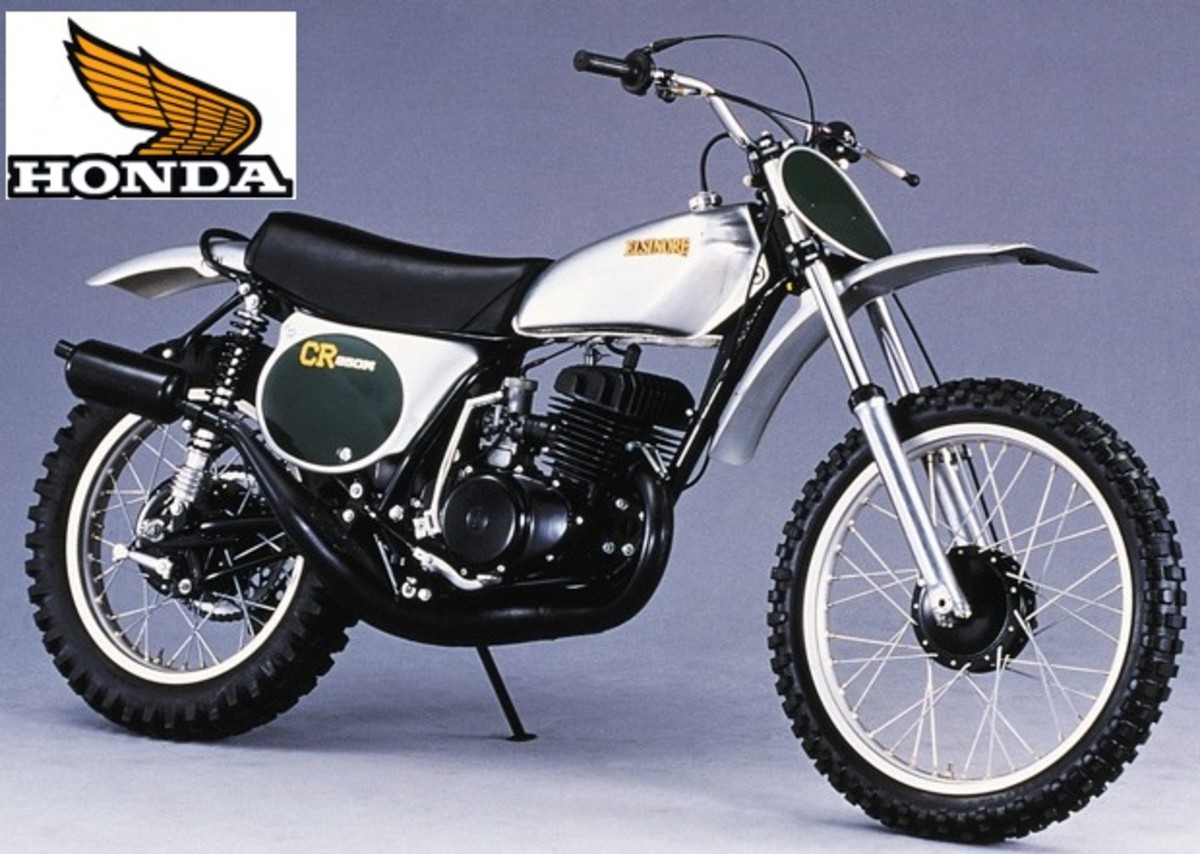Bike Safety Tips for National Bike Month
Summer is just around the corner for most of us here in the Northern Hemisphere and with May being National Bike Month, it’s a good time to learn about bike safety and review the rules of the road.
People ride bicycles for all sorts of reasons – fun and fitness, transportation to work and school and racing are just a few reasons. According to Bikes Belong, more than 42 million Americans ages 6 and older (that’s 15% of the population) rode a bike for recreation in 2010, making it the second-most-popular outdoor activity in the U.S. And in 2009, Americans made 4 billion trips by bicycle.
Regardless of why people are riding bikes, bike safety is important. Here are some tips for being safe on a bike.
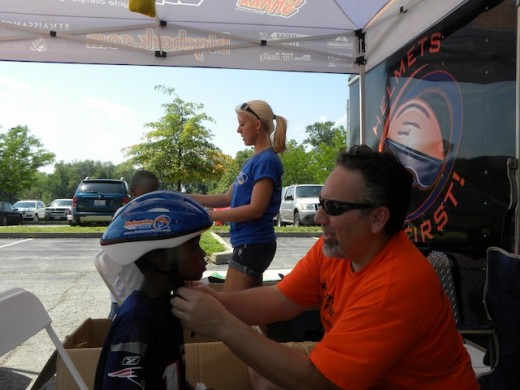
1. Wear a helmet!
Wearing a helmet is probably the most important thing you can do to ensure bike safety. According to the National Highway Traffic Safety Administration, a helmet that’s properly fitted can reduce the risk of a head injury by as much as 85% and the risk of brain injury by as much as 88%.
Get in the habit of wearing a helmet each time you hop on your bike. Teach your children to wear one as you teach them to ride their bikes. Biking accidents send more than a quarter million kids to emergency rooms every year, according to the National Safe Kids Campaign. And more than 40% of all deaths from biking head injuries happen to kids 14 and under.
Gone are the days of heavy, clunky (ugly) bike helmets. Today, most bike helmets are made from tough polycarbonate material designed to better handle impacts. They are lighter-weight and sleeker with cooling vents. With so many helmets now in fun colors, there’s no excuse not to wear one.
Helmets can be for sports, mountain bikes or road bikes. No matter which type you need, make sure you buy the right size helmet. Bike helmets come in small, medium, large and extended sizes.
If you’re buying a helmet for the first time, you’ll have to measure your head to figure out which size you need. Wrap a flexible tape measure (the sort dressmakers and tailors use) around your head about 1 inch above your eyebrows. (If you don’t have one or can’t find one, use a string, then measure the string against a yardstick).
Use this chart as a guide to help you determine the size helmet you need. If you’re between two sizes, go with the smaller size.
Size
| Inches
|
|---|---|
Small
| 20-21.75”
|
Medium
| 21.75-23.25”
|
Large
| 23.25-24.75”
|
Extra small
| below 20”
|
Extra large
| above 24.75”
|
One size fits all (men)
| 21.25-24”
|
One size fits all (women)
| 19.75-22.5”
|
If you are buying a helmet for a child, keep these tips in mind:
- most helmets for kids are one-size-fits-all and range from18-22.5”
- don’t buy a helmet to grow into
- consider buying a helmet with a rear stabilizer that cradles the back of the head and helps the helmet stay correctly positioned
Helmets come with straps to adjust for a good fit. You can watch this video to see how to do it but in general, the helmet should be snug but not tight. It should not be tilted forward over the eyebrows or be tilted back. If you shake your head, your helmet shouldn’t shift. Make adjustments if necessary.
Replace any helmet that is cracked, has a broken clip or no longer fits well.
2. A properly fitted bike is a safe bike
Bike safety includes having a bike that’s the right size for the rider. A bike shouldn’t be too big or too small but rather like Goldilocks’ mantra: “just right.” A too big bike is dangerous because it can’t be controlled; one that’s too small is uncomfortable. There are three components to a properly fitted bike: frame, seat and handlebars.
Frame
Stand over the bike’s frame with both feet on the ground. If you’re using a men’s bike, there should be about a 2” clearance between the tube that runs lengthwise along the bike and your crotch.
Seat
How high your bike’s seat is raised and its angle can affect your biking performance and comfort. Both can lead to safety issues if they aren’t addressed.
When you are on your bike and pedaling, your leg should have only a slight bend at the knee when it’s in the bottom position of pedaling. Additionally, you shouldn’t be able to put your feet on the ground when you come off your bike’s seat; you should be on your toes. If you are able to put your feet flat on the ground then the seat is too low.
If your bike’s seat isn’t level, you’re going to be uncomfortable. If the seat tilts down, you’re going to feel like you’re sliding forward; if it’s tilted up, your performance will suffer.
Handlebars
Handlebar adjustments on a bike depend on the kind of bike you are riding but all will affect the safety of your ride. If you’re on a road or mountain bike, the handlebars will be lower than the seat, ranging anywhere from an inch or two on a road bike to three or four on a mountain bike. If you’re on a hybrid or cruiser you don’t lean forward on these types of bikes as you do on road or mountain bikes. Because you won’t be leaning forward, the handlebars will be a couple inches higher than your seat.
Regardless of the type of bike you ride, make adjustments to fit your needs and body type.
How to fit your bike
.
3. Bike safety means keeping your bike in good condition
If you’ve decided this is the year you’re going to pull your bike out from the back of the garage and start using it after years of neglect, make sure you get it checked out first! If you decide not to take it to a bike shop for a ‘tune-up’ then keep reading to see what you need to do.
- Check the tires. Are they low? Pump them up. Are they rotting? If the bike has been sitting around for a long time, you might want to get them replaced. The last thing you want to do is be out somewhere on a ride and get a flat.
- Clean your bike using a solution of mild dish soap and water. Use a solvent (but don’t use one that has kerosene or turpentine) on greasy parts like the bike chain. Use various size brushes as well as rags to get into areas that need cleaning.
- Check all the nuts and bolts on your bike. Tighten loose items on your bike but don’t overdo it. If you aren’t sure how much something should be tightened, take your bike to a shop and ask them to show you some basic maintenance tips.
- Check the hand brakes and adjust the calipers as needed.
Most importantly, be aware of rattles and other strange noises coming from your bike as you ride. You should be as familiar with your bike as you are with your car so you’ll recognize when it starts making a noise it shouldn’t.
Pre-ride bike inspection
.
How bike friendly is your state?
While doing research for this hub, I came across the League of American Bicyclists’ website. They have a neat interactive map where you can find out how your state stacks up nationally and regionally when it comes to bike friendly communities.
Washington ranks first in the nation, followed by Minnesota. That comes as no surprise to me. I have a brother who lives in Rochester, MN and I know it to be a very progressive state when it comes to the environment and health. Minnesota also ranked #1 in the Midwest followed by Wisconsin.
My state, Illinois, was a respectable #11 nationally although the four communities that got us there aren’t anywhere near where I live! Illinois ranked #3 in the Midwest.
A second interactive map shows how your state ranks regarding legislation, infrastructure, funding and policies that affects its ranking.
How bike-friendly is YOUR state?
.



